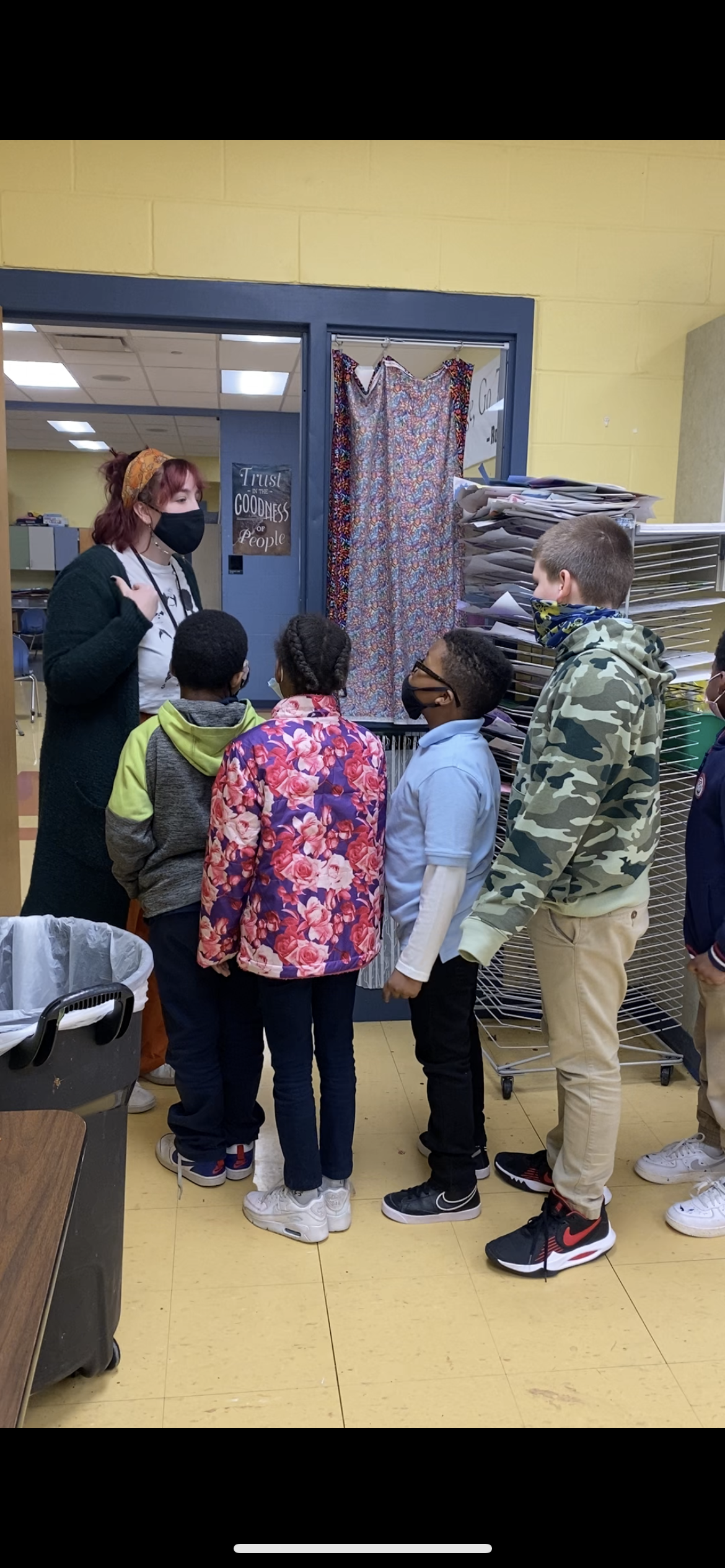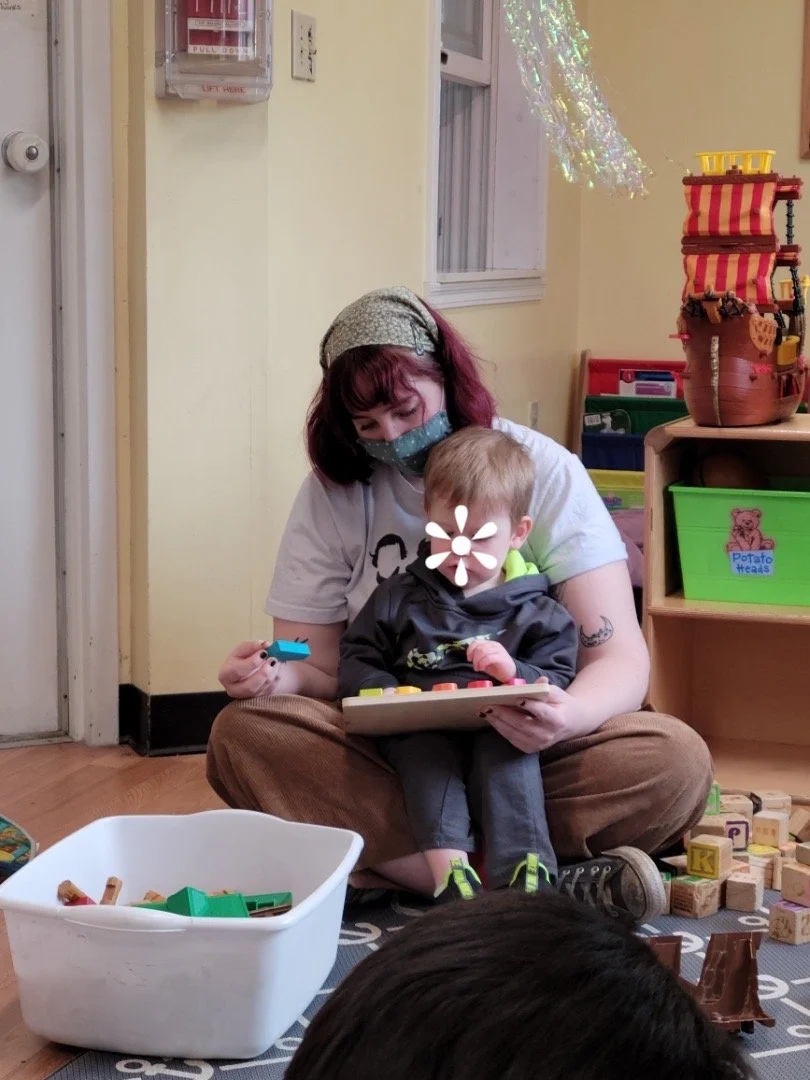My Teaching Philosophy…
I have always been drawn to teaching, from babysitting and nannying to teaching in a structured classroom. With each new opportunity, I am reminded of how much joy it brings me to help my students of all ages grow into the creative person they are meant to be. Within my teaching, I use a combination of philosophies like Progressivism, Reconstructionism, and Critical Theory, bringing pieces of each of these to my teaching practice.
Progressivism provides a nuanced understanding of how each student's social, economic, and cultural background influences their learning. A student’s individuality is what makes them so unique, and each day a teacher should come to school prepared with this understanding. I want each student to feel just as unique, seen, heard, and included as they deserve to be. By teaching acceptance, respect, kindness, and community, students can learn and push their cognitive development while knowing how to stand up for themselves. Children learn from what they are taught both inside and outside the classroom, so if we show compassion, our students will take this mindset when the school day is done.
The average learner could be compared to a sponge. While trying to soak up as much information as possible, some students are smaller sponges, some are larger, some retain water better, and some need more support. The educator’s job is to curate a curriculum that allows each sponge to learn and grow no matter what. My pedagogy involves helping all types of learners process information through immersive exploration. My approach is to curate a predictable, cohesive, and preventative classroom management plan. I discipline only when necessary and allow students to play in a classroom community that fosters acceptance, kindness, and tolerance.I have worked as a Pre-K teacher at Hyde Park Play School, where I led a classroom of 8-10 2-3-year-olds. I guided them through educational crafts, activities, and structured playtime while we learned about social skills, the outdoors, the alphabet, shapes, and colors.
How does justice work in our society? How do we encounter justice in our everyday lives? Through this big idea, the students focus on creating works of art about what justice means to them. This allows students to think critically when connecting a theme to a larger purpose or event in their own lives. Diving further into the theme of justice, we talk about heroes. What is a hero? How can each of us be a hero in our own life? By asking these questions, students learn about empathy, kindness, and how their actions impact others. This can open a larger conversation regarding community and ways that people in your neighborhood can be heroes too. By starting these conversations, students can engage with each other and strengthen their connection as a class. These conversations allow for a kickstart into a project where students create and illustrate their own comic book hero. Other small projects facilitate conversation and allow for intermittent creativity between classroom discussions.













